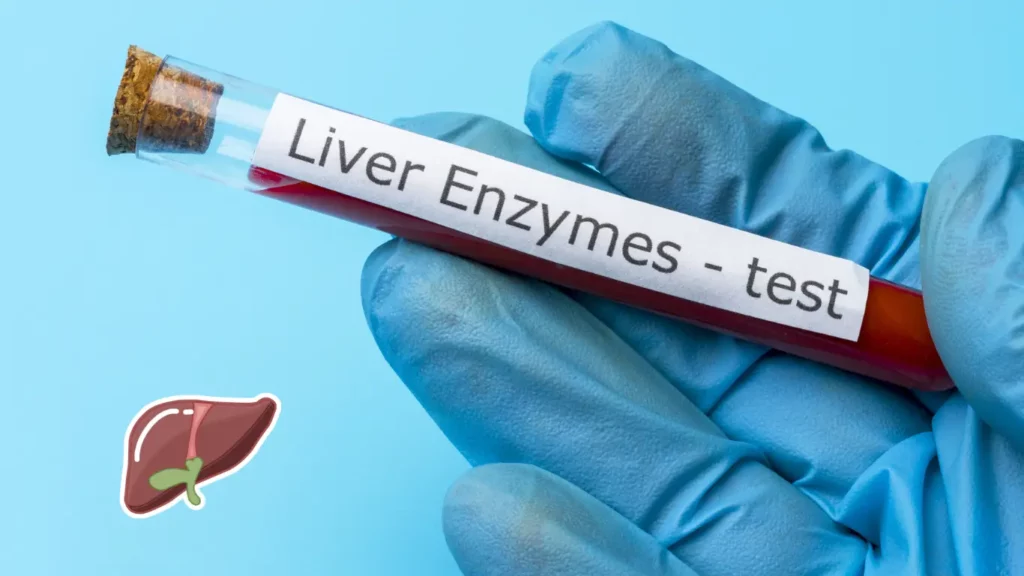How to Check Liver Function at Home in Simple Steps

Welcome to a comprehensive guide on “How to Check Liver Function at Home in Simple Steps. The liver is a vital organ that is crucial to your body’s overall health. It processes nutrients, detoxifies harmful substances, and aids in digestion. Monitoring your liver function is essential to ensure its optimal performance. Traditionally, liver function tests were carried out in clinical settings, but with advancements in medical technology, you can now check your liver function at home. In this article, we’ll explore why it’s important to do so, the signs of liver dysfunction, how to conduct home liver function tests, and more.
The Significance of Liver Health
Maintaining a healthy liver is paramount to ensure the proper functioning of your body. Your liver processes nutrients, detoxifies harmful substances, and plays a key role in digestion. Understanding your liver’s health is essential, and here’s how you can do it.
Self-Assessment: How to Check Liver Function at Home
Your liver gives out subtle signs when it’s not functioning optimally. Here’s a list of things to watch for:
- Jaundice: The yellowing of the skin and eyes can indicate liver problems.
- Fatigue: Unexplained tiredness may be a sign of liver issues.
- Abdominal Pain: Persistent discomfort in the upper right abdomen could be liver-related.
- Digestive Problems: Consistent indigestion, bloating, or nausea may be a cause for concern.
Read Also: How I Cured My Liver Cirrhosis
Liver Function Tests
For a more accurate assessment, you can perform these simple tests at home.
1. Bilirubin Test
Bilirubin is a pigment produced during the breakdown of red blood cells. Elevated bilirubin levels can indicate liver problems. You can check this using a simple blood test kit at home.
2. Liver Enzyme Test
Elevated liver enzymes may signal liver damage. You can purchase a liver enzyme test kit and follow the instructions to assess your enzyme levels.
3. Skin Pinch Test
Gently pinch the skin on the back of your hand. If it takes more than a couple of seconds to regain its shape, it may indicate dehydration, which can be linked to liver issues.
Read Also: How to Make Your Liver Healthy Again
How to Check Liver Function at Home
Liver function test kits are a convenient and accessible way to assess your liver’s health from the comfort of your own home. These kits are readily available in the market, and they typically come equipped with all the necessary components for conducting the test. Here’s how to make use of these kits:
- Obtain a Liver Function Test Kit: Start by acquiring a liver function test kit. You can purchase these kits online or from your local pharmacy. Make sure to check the kit’s expiration date and that it includes all the essential components.
2. Read the Instructions: Carefully read the instructions provided in the kit. Different kits may have specific requirements or steps, so it’s crucial to familiarize yourself with the manufacturer’s guidelines.
3. Fasting Preparation: Many liver function tests require fasting for a certain period before the test. This means refraining from eating or drinking anything, except for water, for the specified duration. Fasting helps ensure accurate results.
4. Gather the Supplies: Lay out all the supplies included in the kit, which typically consist of test strips, lancets, alcohol swabs, and a collection container.
5. Prepare Your Skin: To make the process smoother, clean the finger you’ll use for the test with an alcohol swab. This step helps prevent infection.
Read Also: Top 10 Signs You Should Never Ignore: Where Liver Pain Strikes
6. Obtain a Liver Function Test Kit: Start by acquiring a liver function test kit. You can purchase these kits online or from your local pharmacy. Make sure to check the kit’s expiration date and that it includes all the essential components.
7. Read the Instructions: Carefully read the instructions provided in the kit. Different kits may have specific requirements or steps, so it’s crucial to familiarize yourself with the manufacturer’s guidelines.
8. Fasting Preparation: Many liver function tests require fasting for a certain period before the test. This means refraining from eating or drinking anything, except for water, for the specified duration. Fasting helps ensure accurate results.
9. Gather the Supplies: Lay out all the supplies included in the kit, which typically consist of test strips, lancets, alcohol swabs, and a collection container.
10. Prepare Your Skin: To make the process smoother, clean the finger you’ll use for the test with an alcohol swab. This step helps prevent infection.
Interpretation of Test Results: How to Check Liver Function at Home
Interpreting the results of a liver function test conducted at home is vital to understanding your liver’s health. These tests measure various markers in your blood that provide insights into your liver’s functioning. Here’s how to interpret the results of a home liver function test:
Normal Range: Most liver function test kits provide a reference range for each marker. Results falling within this range are considered normal. Normal results typically indicate that your liver is functioning as it should.
Elevated Levels: If a marker, such as ALT or AST, shows levels above the specified reference range, it may suggest potential liver issues. Elevated enzyme levels can be a sign of liver damage or inflammation.
Lower-Than-Normal Levels: On the other hand, lower-than-normal levels of proteins like albumin may indicate liver dysfunction. Low albumin levels could imply liver disease or other health problems.
Bilirubin Levels: Elevated bilirubin levels could suggest liver or gallbladder problems. It’s essential to compare your bilirubin results to the reference range provided in your kit.
INR or PT: A prolonged prothrombin time (PT) or elevated international normalized ratio (INR) may indicate issues with blood clotting, potentially associated with liver dysfunction.
Comparison with Previous Results: If you have previous home liver function test results, it’s valuable to compare them. A significant change from your previous results might indicate a developing issue.
It’s crucial to note that while home liver function tests can provide initial insights, they are not a replacement for a comprehensive medical evaluation. Abnormal test results should prompt you to consult with a healthcare professional for further assessment and guidance.
Furthermore, the interpretation of these results should consider your overall health and medical history. A healthcare provider can help you understand the implications of your test results and recommend any necessary follow-up actions. Abnormal results don’t necessarily indicate a severe problem, but they should serve as a signal to investigate your liver health more thoroughly.
Conclusion
How to Check Liver Function at Home is a proactive approach to maintaining your overall health. It empowers you to take control of your well-being and detect potential issues early. Remember that while home testing is beneficial, it should complement regular check-ups with a healthcare provider.

